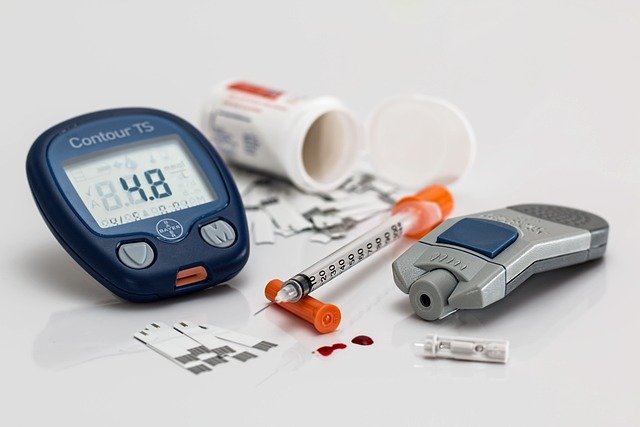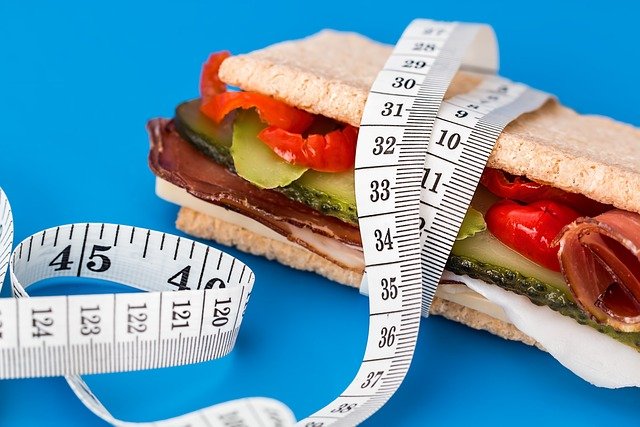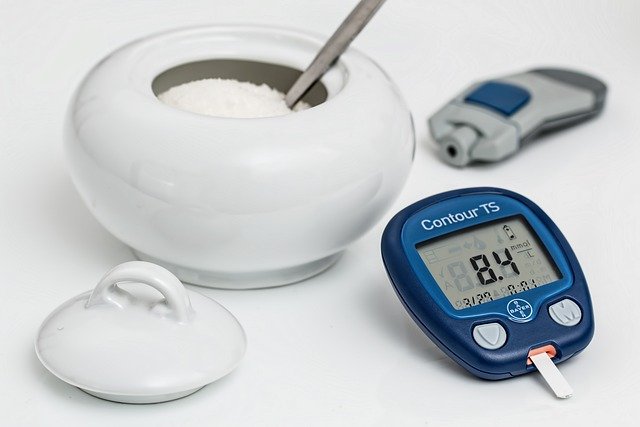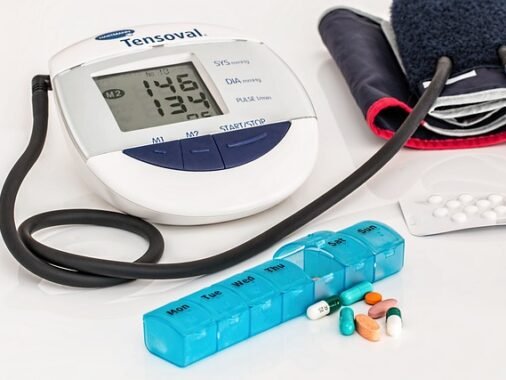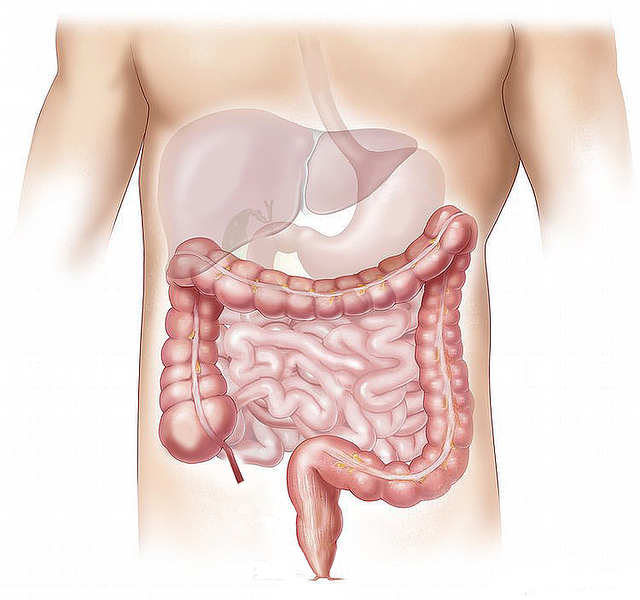Metformin is a medication primarily used to treat type 2 diabetes. It helps control blood sugar levels by improving the body’s sensitivity to insulin and reducing the amount of glucose produced by the liver. Metformin is also sometimes used to treat polycystic ovary syndrome (PCOS) and to prevent type 2 diabetes in people at high risk. It is usually taken orally in the form of tablets.
Key Points about Metformin:
Mechanism of Action:
Reduces Glucose Production: Metformin decreases the amount of glucose produced by the liver.
Increases Insulin Sensitivity: It makes the body’s cells more responsive to insulin, improving glucose uptake.
Decreases Intestinal Absorption: It reduces the absorption of glucose from the intestines.
Uses:
Type 2 Diabetes: Primarily used to manage blood sugar levels in people with type 2 diabetes.
PCOS: Helps manage symptoms and improve insulin resistance.
Prevention of Type 2 Diabetes: Can be prescribed to individuals with prediabetes to reduce the risk of developing type 2 diabetes.
Administration:
Dosage: Typically taken once or twice a day with meals to reduce gastrointestinal side effects. Dosage varies based on individual needs and medical conditions.
Forms: Available in immediate-release and extended-release tablets.
Side Effects:
Common: Gastrointestinal issues such as nausea, vomiting, diarrhea, and abdominal discomfort.
Rare: Lactic acidosis, a serious condition characterized by the buildup of lactic acid in the blood, particularly in people with kidney problems.
Precautions:
Kidney Function: Regular monitoring of kidney function is necessary, as metformin is contraindicated in severe renal impairment.
Alcohol: Excessive alcohol intake should be avoided as it can increase the risk of lactic acidosis.
Surgery and Radiologic Studies: Temporary discontinuation may be required before certain surgical procedures or radiologic studies using contrast dye.
Benefits:
Weight Management: Unlike some other diabetes medications, metformin is not associated with weight gain and may even support modest weight loss.
Cardiovascular Protection: Some studies suggest metformin may provide cardiovascular benefits.
10 foods to avoid while taking metformin
When taking metformin, it’s important to consider how certain foods can affect its effectiveness and your overall health. Here are 10 foods to avoid while taking metformin, along with detailed explanations for each:
1. High-Sugar Foods and Drinks
- Why Avoid: Foods and beverages high in sugar can spike blood glucose levels, counteracting the effects of metformin. This includes candy, cakes, cookies, sugary cereals, and sweetened beverages like soda and fruit juices.
- Alternative: Opt for whole fruits and unsweetened beverages like water or herbal tea.
2. Refined Carbohydrates
- Why Avoid: Refined carbs such as white bread, pasta, and rice can cause rapid increases in blood sugar levels. They lack fiber and nutrients compared to their whole-grain counterparts.
- Alternative: Choose whole grains like brown rice, whole wheat bread, and quinoa.
3. Alcohol
- Why Avoid: Alcohol can interfere with blood sugar control and increase the risk of lactic acidosis, a rare but serious side effect of metformin. It also adds empty calories to your diet.
- Alternative: Drink water, sparkling water, or non-alcoholic beverages.
4. High-Fat Foods
- Why Avoid: Foods high in unhealthy fats, such as fried foods, fatty cuts of meat, and processed snacks, can contribute to insulin resistance and negatively affect heart health.
- Alternative: Opt for healthy fats from sources like avocados, nuts, seeds, and olive oil.
5. Processed Foods
- Why Avoid: Processed foods often contain high levels of sodium, sugar, and unhealthy fats, which can undermine blood sugar control and overall health.
- Alternative: Focus on whole, unprocessed foods like fresh vegetables, fruits, and lean proteins.
6. Sodium-Rich Foods
- Why Avoid: Excessive sodium intake can lead to high blood pressure, which is a common concern for people with diabetes. Avoid processed meats, canned soups, and salty snacks.
- Alternative: Use herbs and spices for seasoning and choose low-sodium or no-salt-added options.
7. Full-Fat Dairy Products
- Why Avoid: Full-fat dairy products like whole milk, cheese, and butter are high in saturated fats, which can increase insulin resistance and contribute to heart disease.
- Alternative: Choose low-fat or non-dairy alternatives like almond milk, soy milk, or low-fat yogurt.
8. Sugary Breakfast Cereals
- Why Avoid: Many breakfast cereals are high in added sugars and low in fiber, leading to rapid increases in blood sugar levels.
- Alternative: Opt for high-fiber, low-sugar cereals like oatmeal or bran flakes.
9. Artificial Sweeteners
- Why Avoid: Some studies suggest that artificial sweeteners can affect insulin sensitivity and glucose metabolism. Products like diet sodas and sugar-free snacks often contain these sweeteners.
- Alternative: Use natural sweeteners like stevia or small amounts of honey if needed.
10. Trans Fats
- Why Avoid: Trans fats, found in many baked goods, margarine, and processed foods, can increase inflammation, insulin resistance, and the risk of heart disease.
- Alternative: Avoid products with partially hydrogenated oils and choose foods with healthy fats, such as those found in fish, nuts, and seeds.
Additional Tips:
- Balanced Diet: Focus on a diet rich in vegetables, fruits, whole grains, lean proteins, and healthy fats.
- Hydration: Drink plenty of water to stay hydrated and support overall health.
- Regular Monitoring: Keep track of your blood sugar levels and consult with your healthcare provider to tailor your diet and treatment plan.
By avoiding these foods and making healthier choices, you can help optimize the effectiveness of metformin and improve your overall health.
FAQS:
Avoid high-sugar foods and drinks, refined carbohydrates, and alcohol while taking metformin, as they can interfere with blood sugar control and increase the risk of side effects like lactic acidosis.
It’s best to take metformin with a meal to reduce gastrointestinal side effects. Pair it with balanced meals that include fiber, lean protein, and healthy fats.
Yes, you can drink milk while taking metformin, but choose low-fat or non-dairy alternatives if you’re concerned about fat content or lactose intolerance.
Yes, you can eat bananas while taking metformin. They provide essential nutrients and fiber but consume them in moderation due to their natural sugar content.
Yes, you can eat rice while taking metformin, but opt for whole-grain varieties like brown rice to avoid spikes in blood sugar levels.
The most serious side effect of metformin is lactic acidosis, a rare but potentially life-threatening condition characterized by the buildup of lactic acid in the blood. Symptoms include muscle pain, difficulty breathing, and severe fatigue.

